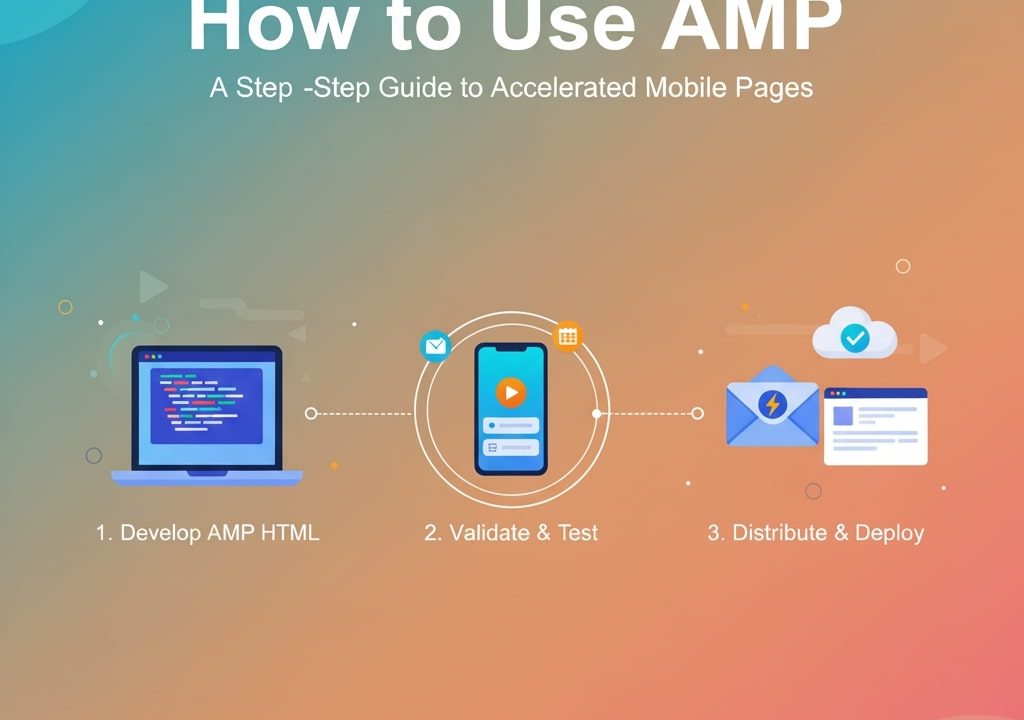
In today’s crowded inbox, static emails often fail to grab attention. AMP (Accelerated Mobile Pages) for Email introduces interactive elements that transform standard newsletters into engaging experiences. By embedding dynamic content—such as forms, carousels, and live polls—right into the email, you can reduce friction, increase click-through rates, and foster stronger subscriber relationships. This guide will walk you through everything you need to know to implement AMP emails, from setup and best practices to measuring success.
What Is AMP for Email?
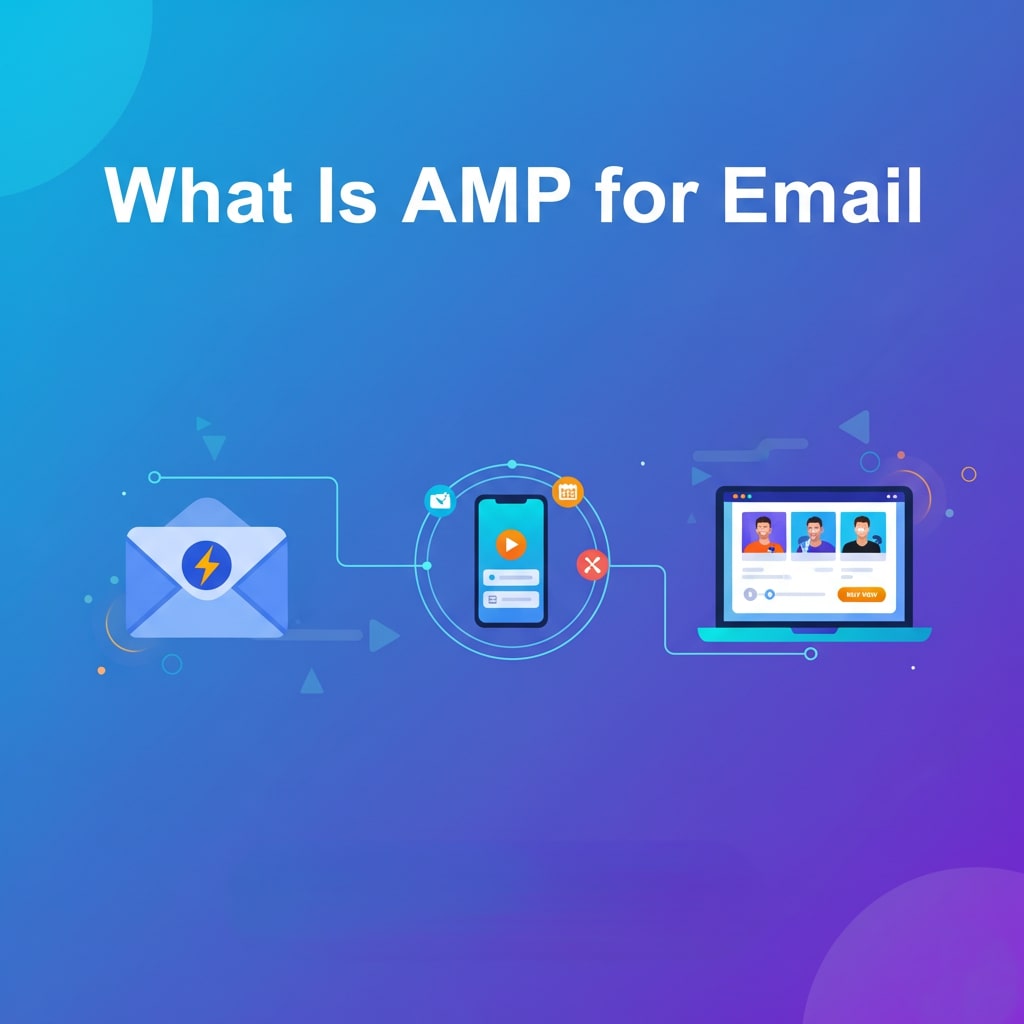
AMP for Email is a framework developed by Google that allows senders to include interactive, web-style components in their emails. Unlike traditional HTML emails, which offer limited interactivity, AMP emails can load real-time content, enable in-message actions, and deliver personalized experiences—all without forcing recipients to leave their inboxes.
Why Interactive Emails Matter
Standard emails rely on static images and plain links, often resulting in low engagement. Interactive emails, powered by AMP, deliver several key advantages:
- Higher Click-Through Rates: Recipients can take actions—like RSVPing to events or filling out surveys—directly within the email.
- Enhanced User Experience: Dynamic content such as carousels and accordions keeps readers intrigued and reduces the need to leave the inbox.
- Real-Time Updates: Display live product availability, up-to-the-minute prices, or fresh content without requiring users to open a web browser.
- Personalization: Tailor content based on user attributes or behavior to boost relevance and conversions.
Core AMP Components for Email
AMP for Email supports a selection of components designed specifically for interactive experiences. Key elements include:
amp-img: Responsive images that load efficiently.amp-carousel: Image or content carousels for highlighting multiple offers.amp-accordion: Collapsible sections for FAQs and detailed info.amp-form: Inline forms for surveys, feedback, and registrations.amp-selector: Conditional content based on user choices.
Step-by-Step: Setting Up AMP for Email
Implementing AMP emails involves three main steps: Request whitelisting, craft the email, and perform rigorous testing.
1. Request Sender Whitelisting
Before you can send AMP emails, you must register and be whitelisted by major email clients like Gmail. The process typically involves:
- Verifying your sending domain (SPF, DKIM, DMARC).
- Submitting sample AMP messages for review.
- Awaiting approval (usually a few days).
2. Crafting the AMP Email
An AMP email comprises three parts: text/html (fallback), text/plain, and text/x-amp-html. Email service providers like Mailchimp, SendGrid, and SparkPost offer AMP support and templates. When writing your AMP HTML:
- Include the AMP boilerplate:
<!doctype html>. - Import AMP JS:
. - Declare the required AMP components in the
. - Define fallbacks: ensure your
text/htmlversion shows a functional experience for non-AMP clients.
3. Testing and Validation
Use the amphtml-validator extension or online tools to catch markup errors. Send test messages to AMP-enabled accounts (e.g., Gmail) and non-AMP clients (e.g., Outlook) to verify fallbacks. Check rendering on desktop and mobile to ensure a seamless experience.
Best Practices for Interactive AMP Emails
When building AMP emails, keep these best practices in mind to maximize performance and deliverability:
- Keep It Lightweight: Limit CSS size and minimize external assets to reduce load times.
- Provide Clear Fallbacks: Not all clients support AMP. Ensure your
text/htmlfallback is visually appealing and functional. - Prioritize Accessibility: Add descriptive
alttext for images, use proper heading hierarchy, and ensure interactive elements are keyboard-navigable. - Monitor Deliverability: AMP emails may trigger stricter spam filters. Maintain a healthy sending reputation and monitor bounce/spam complaints.
- Leverage Personalization: Use dynamic data (name, preferences) to tailor content blocks via
amp-selectoror server-side rendering.
Real-World Use Cases
Brands across industries are already benefiting from AMP emails. Here are a few examples:
- E-commerce: Embed product carousels with
amp-carouseland quick-add forms to streamline the purchase journey. - Event Management: Use
amp-formfor in-email RSVPs and ticket reservations without redirecting attendees. - Surveys & Feedback: Collect ratings through star-rating widgets and live polls, all within the email itself.
- Newsletters: Offer accordions for expandable content sections, enabling readers to dive deeper into topics of interest.
Measuring Success
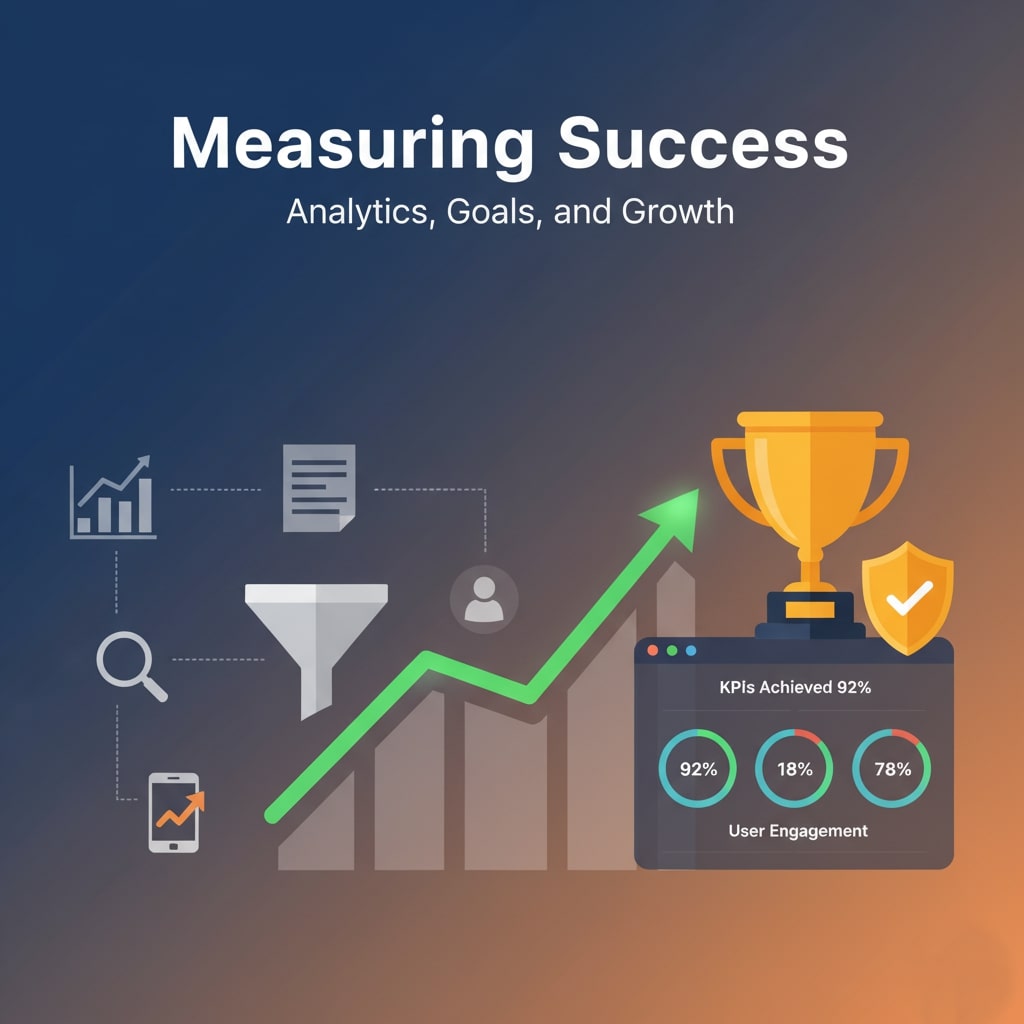
Track these metrics to evaluate the impact of your AMP emails:
- Click-Through Rate (CTR): Compare CTRs for AMP vs. standard campaigns.
- Conversion Rate: Measure form submissions, purchases, or sign-ups completed directly in the email.
- Engagement Time: Some ESPs report dwell time—longer interactions suggest stronger interest.
- Bounce & Spam Rates: Keep an eye on deliverability metrics to ensure AMP features aren’t flagged as risky.
Common Pitfalls and How to Avoid Them
AMP for Email is powerful, but it comes with challenges. Here’s how to steer clear of common mistakes:
- Overcomplicating Design: Too many interactive elements can overwhelm readers. Focus on one or two high-impact features.
- Neglecting Fallbacks: Always test non-AMP versions. Lackluster fallbacks frustrate users on unsupported clients.
- Ignoring Performance: Bloated CSS and large images slow down load times. Optimize assets and use inline CSS sparingly.
- Skipping Validation: AMP markup errors can break functionality. Validate every email before sending.
Conclusion
AMP for Email represents the next frontier in digital marketing, enabling truly interactive, dynamic experiences within the inbox. By following best practices—requesting whitelisting, crafting clean AMP markup, ensuring solid fallbacks, and rigorously testing—you can deliver engaging campaigns that boost click-throughs and conversions. Start small with a single interactive element, measure results, and gradually expand your AMP strategy. Your subscribers will thank you with higher engagement and loyalty.
Ready to transform your email marketing? Implement AMP components today and watch your engagement soar!






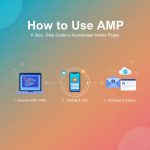







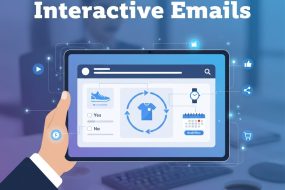

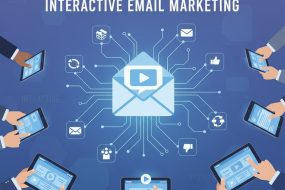

No Comments